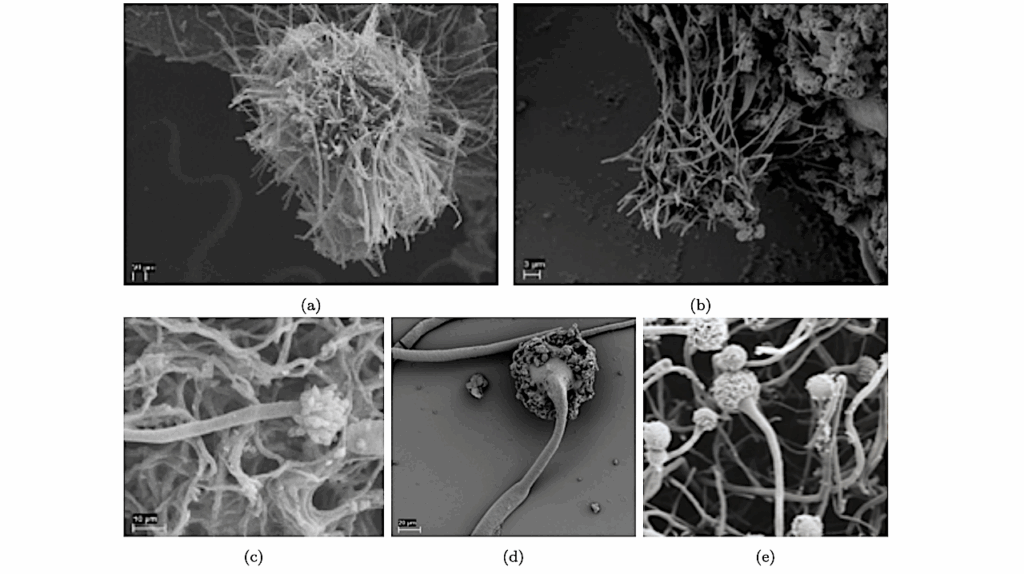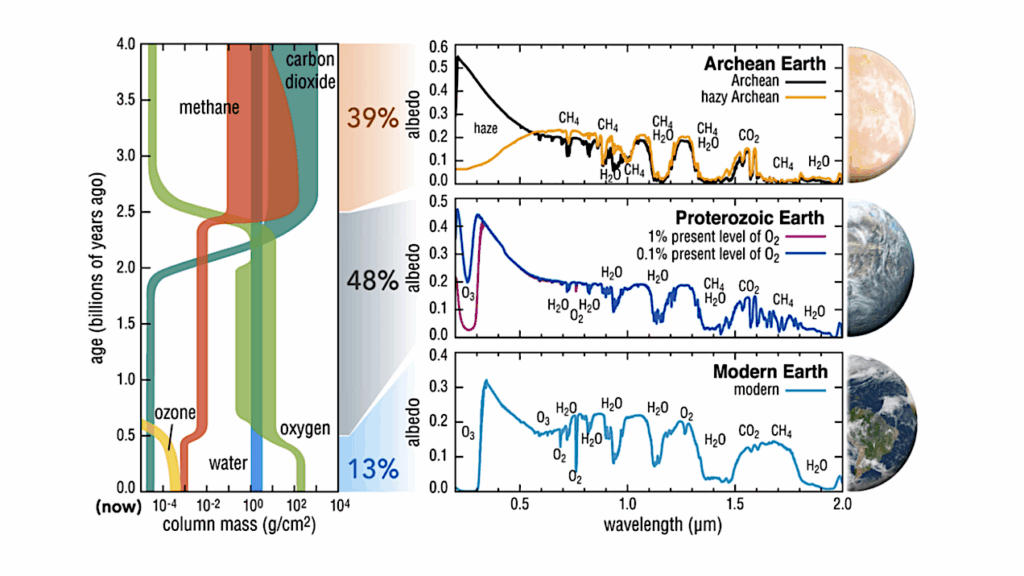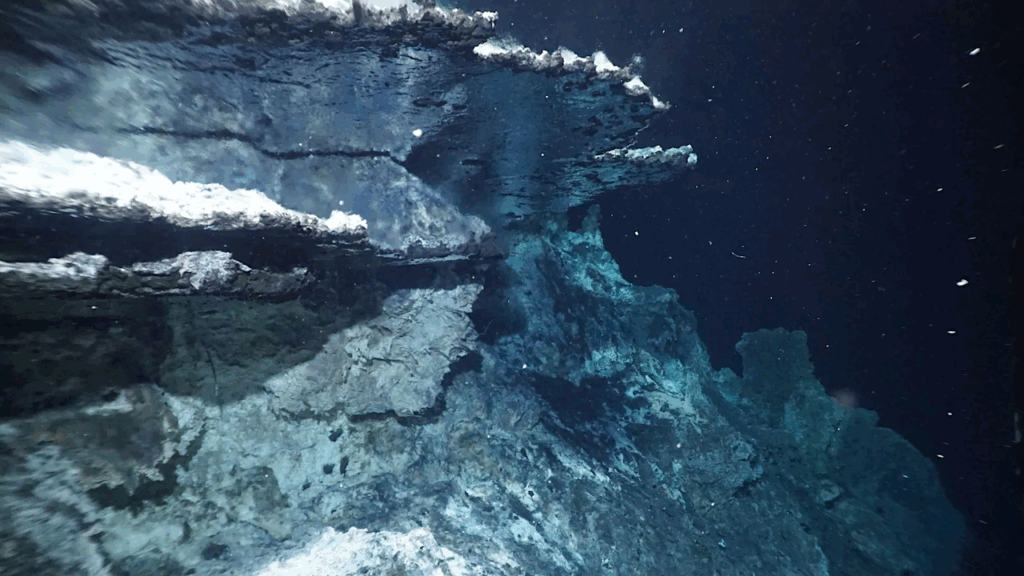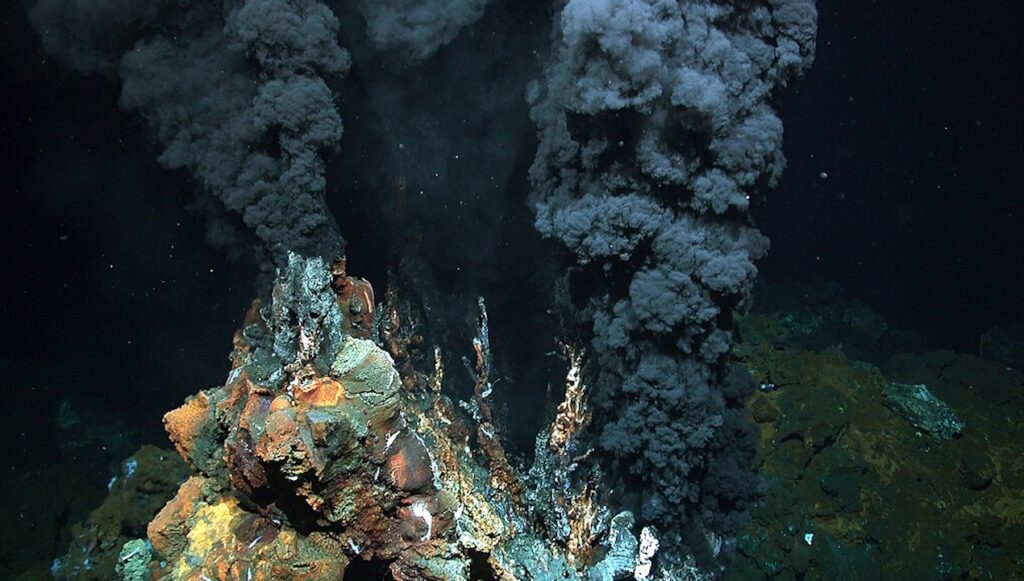Cryogenic Cometary Sample Return
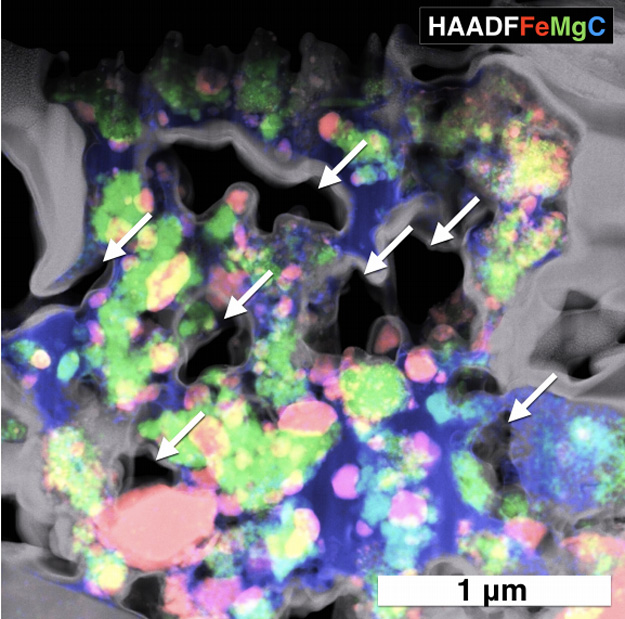
Comets likely formed in the outer regions of the protosolar nebula where they incorporated and preserved primitive presolar materials, volatiles resident in the outer disk, and more refractory materials from throughout the disk.
The return of a sample of volatiles (i.e., ices and entrained gases), along with other components of a cometary nucleus, will yield numerous major scientific opportunities. We are unaccustomed to thinking of ices through a mineralogical/petrological lens, but at cryogenic temperatures, ices can be regarded as mineral components of rocky material like any other. This is truly Terra Incognita, as a sample from a natural cryogenic (10s of K) environment is unprecedented in any setting; currently, we can only make educated guesses about the nature of these materials on a microscopic scale.
Such samples will provide an unparalleled look at the primordial gases and ices present in the early solar nebula, enabling insights into the gas phase and gas-grain chemistry of the nebula. Understanding the nature of the ices in their microscopic, petrographic relationship to the refractory components of the cometary sample will allow for the study of those relationships and interactions and a study of evolutionary processes on small icy bodies. The previous 2013-2022 Planetary Decadal Survey included a study of a Flagship-class cryogenic comet nucleus sample return mission, given the scientific importance of such a mission.
However, the mission was not recommended for flight in the last Decadal Survey, in part because of the immaturity of critical technologies. Now, a decade later, the scientific importance of the mission remains and relevant technological advances have been made in both cryo instrumentation for flight and laboratory applications. Such a mission should be undertaken in the next decade.
Andrew J. Westphal, Larry R. Nittler, Rhonda Stroud, Michael E. Zolensky, Nancy L. Chabot, Neil Dello Russo, Jamie E. Elsila, Scott A. Sandford, Daniel P. Glavin, Michael E. Evans, Joseph A. Nuth, Jessica Sunshine, Ronald J. Vervack Jr, Harold A. Weaver
Comments: 8 pages, 2 figures, submitted as a white paper to the NAS Planetary Decadal Survey
Subjects: Instrumentation and Methods for Astrophysics (astro-ph.IM); Earth and Planetary Astrophysics (astro-ph.EP)
Cite as: arXiv:2009.00101 [astro-ph.IM] (or arXiv:2009.00101v1 [astro-ph.IM] for this version)
Submission history
From: Andrew Westphal
[v1] Mon, 31 Aug 2020 21:07:25 UTC (20,861 KB)
https://arxiv.org/abs/2009.00101
Astrobiology


